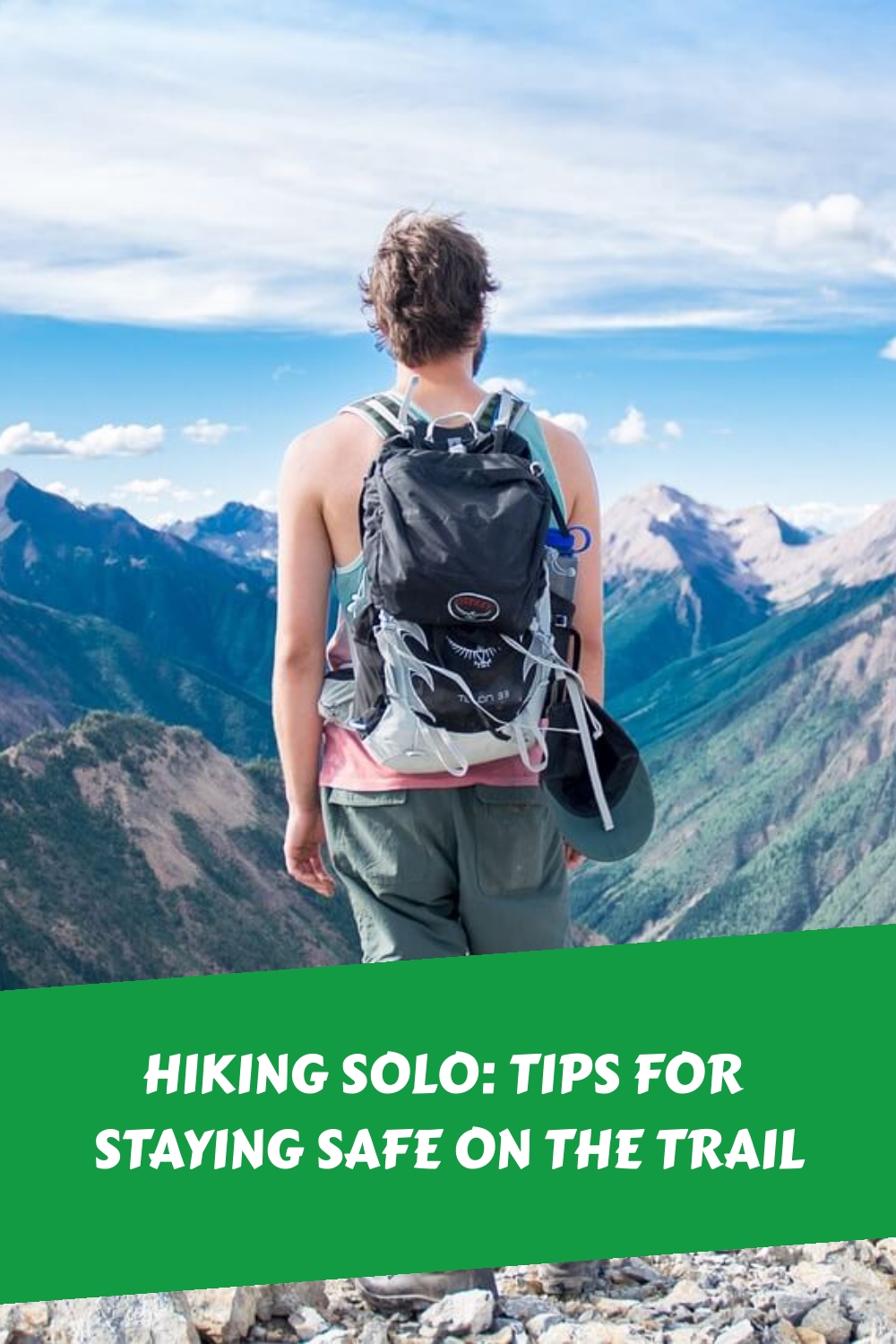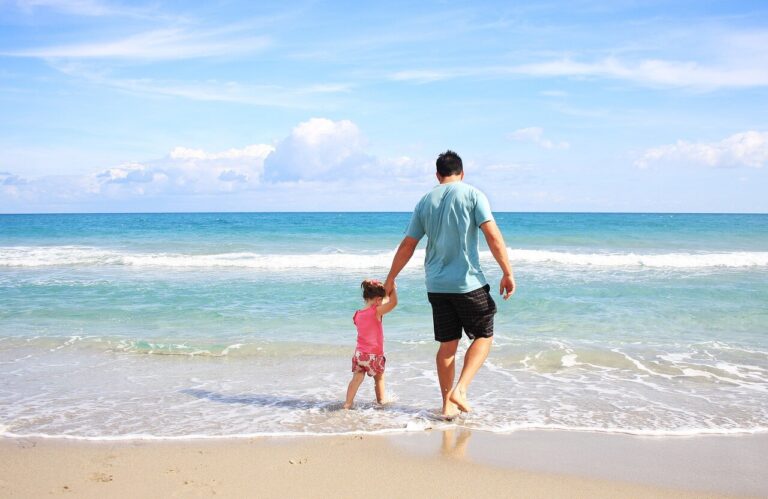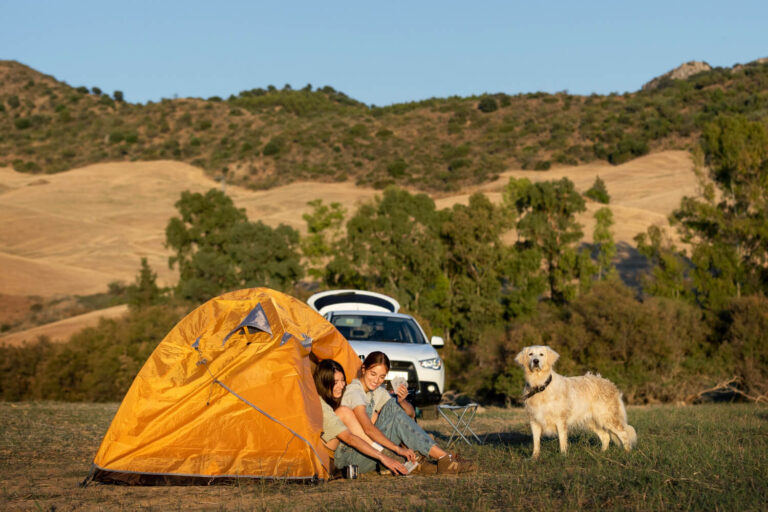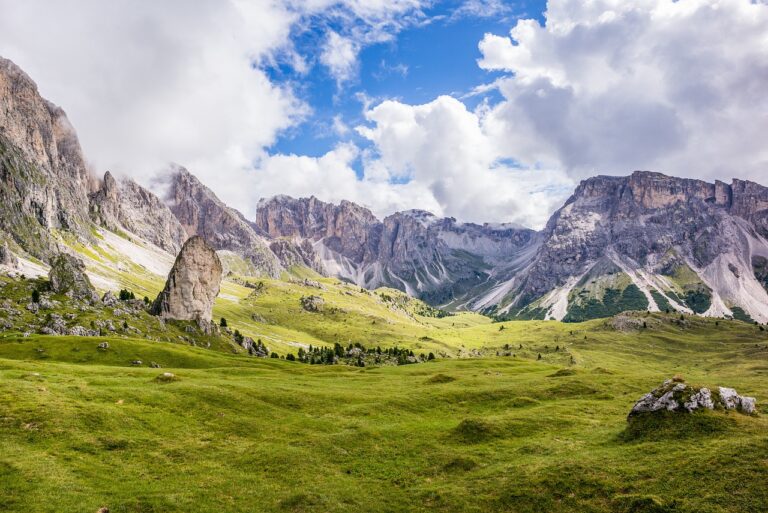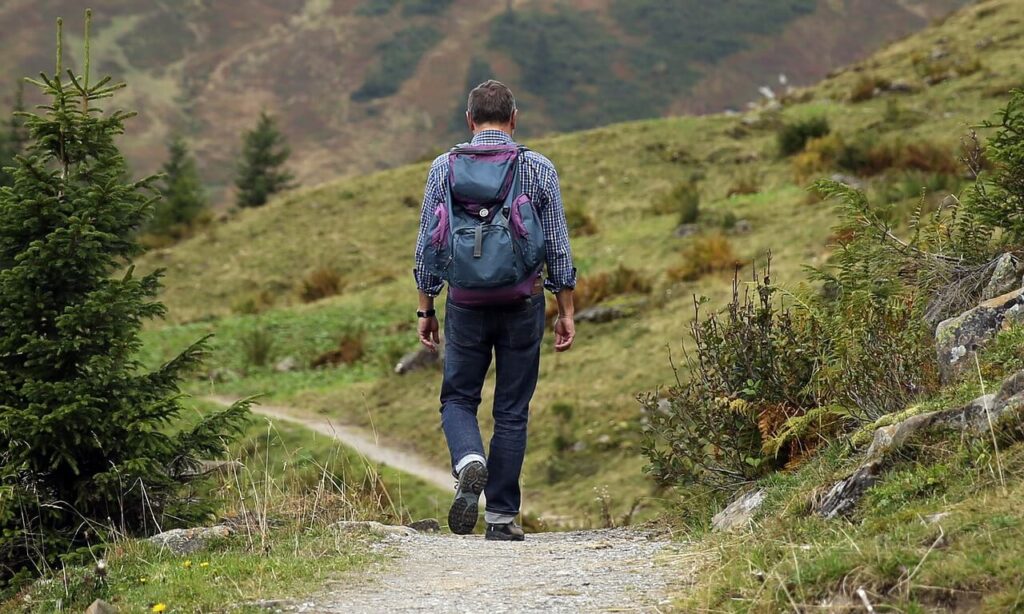
Introduction:
Hiking solo can be a rewarding and empowering experience. It allows you to set your own pace, choose your own route, and fully immerse yourself in nature. However, hiking alone also comes with inherent risks that should not be overlooked. That’s why it’s important to prioritize safety and take precautions before hitting the trail.
- Why Hike Solo?
Hiking solo can be a great way to disconnect from the distractions of everyday life and reconnect with nature. It allows you to fully immerse yourself in your surroundings and provides a unique opportunity for self-reflection and solitude. Solo hiking can also offer a sense of accomplishment and independence, as you rely solely on yourself to navigate and complete the trail.
- The Importance of Safety
Despite its many benefits, solo hiking can also be dangerous if proper precautions are not taken. Without a companion to rely on, you must be prepared to handle any situation that may arise, from getting lost to encountering wildlife. Safety should always be a top priority when planning a solo hike, and you should take the necessary steps to minimize risk and maximize your chances of a safe and successful trip.
Plan Ahead:
Before embarking on a solo hike, it’s crucial to plan ahead to ensure a safe and enjoyable experience. Here are some steps to take:
- Research the Trail and the Area:
Do your homework before hitting the trail. Research the trail and the surrounding area to get a sense of what to expect, including the terrain, the length and difficulty of the hike, and any potential hazards or wildlife you may encounter. Take note of any rules or regulations that apply, such as permits or restrictions on camping or fires.
- Check the Weather Forecast:
Weather conditions can make or break a hike, so be sure to check the forecast before setting out. Avoid hiking during extreme weather conditions, such as thunderstorms, high winds, or extreme heat or cold. If the forecast looks iffy, consider rescheduling your hike for another day.
- Share Your Itinerary with Someone You Trust:
Always let someone know where you’re going and when you plan to return. Share your itinerary with a trusted friend or family member, including the trailhead location, your intended route, and your estimated return time. Consider using a hiking app or device that allows you to share your location in real-time.
- Pack the Essentials:
Make sure you have the right gear and supplies for your hike. Essential items to pack include:
- A map and compass or GPS device
- Adequate food and water for the duration of your hike, plus extra in case of emergencies
- Appropriate clothing and footwear for the weather and terrain
- Sun protection, such as sunscreen and a hat
- A first aid kit, including any necessary medication
- Emergency supplies, such as a whistle, fire starter, and extra batteries
- A fully charged phone or another communication device (but keep in mind that cell service may be limited or non-existent in some areas)
By planning ahead and taking these steps, you can set yourself up for a safe and enjoyable solo hiking experience.

Stay Alert and Aware:
When hiking solo, it’s important to stay alert and aware of your surroundings at all times. Here are some tips to help you stay safe on the trail:
- Use Your Senses:
When hiking solo, it’s important to rely on all of your senses to stay alert and aware of your surroundings. Your senses can help you detect potential hazards and identify changes in your environment. For example, if you hear the sound of thunder or see dark clouds on the horizon, you may need to seek shelter or turn back. If you smell smoke, you may need to be cautious of a nearby wildfire. If you feel a change in temperature or wind direction, you may need to prepare for a storm or other weather event.
- Be Mindful of Your Surroundings:
Being mindful of your surroundings means paying attention to the details of the environment around you. This can include watching your footing on uneven terrain, scanning the trail ahead for potential hazards, and staying alert for any signs of wildlife. It’s important to be cautious around water, especially if you are hiking alone, as slips and falls can easily result in serious injury. Additionally, stay away from steep drop-offs and avoid getting too close to wildlife or their dens.
- Trust Your Gut Instinct:
Your gut instinct can be a powerful tool when it comes to staying safe on the trail. If something doesn’t feel right, it’s important to listen to your inner voice and take steps to avoid the situation. This may mean turning back if you encounter a challenging section of trail, or taking an alternative route if you feel uneasy about a particular area. If you encounter another hiker or group of hikers who make you feel uncomfortable, it’s perfectly okay to change your plans or distance yourself from them.
- Don’t Take Unnecessary Risks:
While solo hiking can be a great way to push yourself and explore new areas, it’s important to avoid taking unnecessary risks that could result in injury or danger. Stick to established trails and avoid off-trail exploration unless you are experienced and confident in your navigation skills. Don’t attempt a trail that is beyond your skill level or physical abilities, and be prepared to turn back if conditions become too challenging. It’s important to prioritize safety over adventure, even if that means cutting your hike short or postponing it for another day.
By staying alert and aware, using your senses, trusting your gut instinct, and avoiding unnecessary risks, you can help ensure a safe and enjoyable solo hiking experience. Always remember to prioritize safety over adventure, and take the necessary precautions to minimize risk and maximize your chances of success.

Navigation:
Navigating the trail is an essential aspect of solo hiking safety. Here are some tips to help you stay on course:
- Bring a Map and Compass:
Always bring a map and compass with you when hiking solo. Even if you’re familiar with the area or have hiked the trail before, having a physical map and compass can help you navigate if you become disoriented or if your technology fails. A map can also help you plan your route and identify potential hazards or alternate routes.
- Know How to Use Them:
Bringing a map and compass is only useful if you know how to use them. Before heading out, make sure you know how to read a map and use a compass to navigate. Practice these skills in a controlled environment, such as a park or a local hiking trail, to build your confidence and proficiency. There are also many online resources and videos that can help you learn these skills.
- Stay on the Trail:
Staying on the established trail is one of the easiest ways to avoid getting lost or disoriented. Straying off the trail can lead to unexpected terrain, potential hazards, or difficult navigation challenges. Additionally, leaving the trail can have negative impacts on the environment and wildlife. If you do need to leave the trail, be sure to take note of your surroundings and any landmarks that can help you re-orient yourself.
- Don’t Rely Solely on Technology:
While technology such as GPS devices or smartphones with navigation apps can be helpful for hiking, it’s important not to rely solely on them. Batteries can die or equipment can malfunction, leaving you without a reliable navigation tool. Always bring a map and compass as a backup, and know how to use them effectively. Additionally, it’s a good idea to keep a physical copy of your itinerary and trail information with you in case your phone or GPS device fails.
By bringing a map and compass, knowing how to use them, staying on the trail, and not relying solely on technology, you can help ensure that you stay on course and avoid getting lost or disoriented. Remember that navigation is an essential aspect of solo hiking safety, and take the necessary precautions to minimize risk and maximize your chances of success.
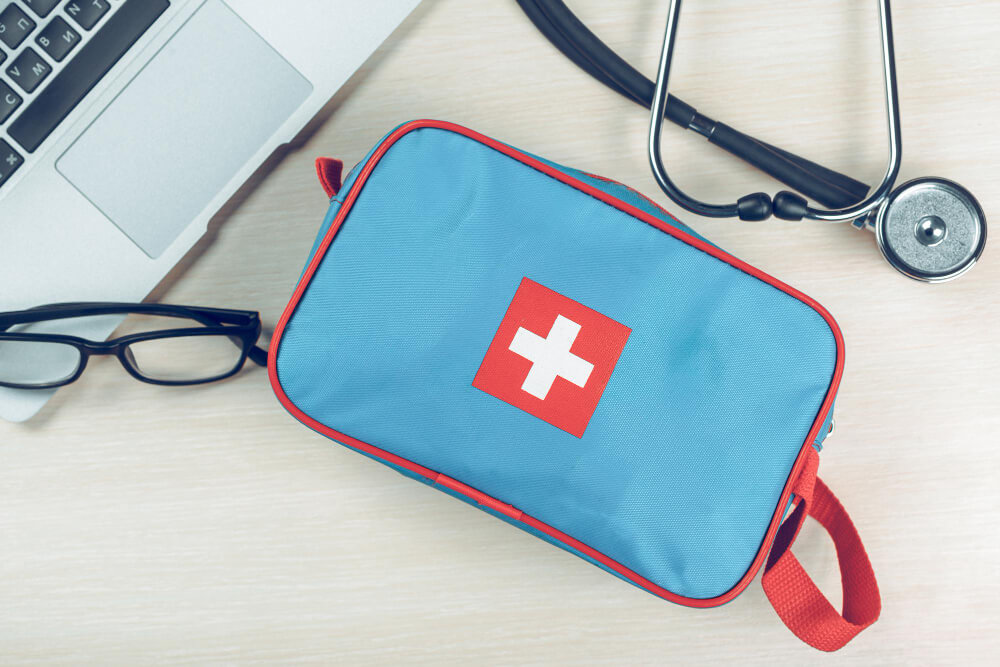
Health and First Aid:
Hiking solo requires being self-sufficient, including taking care of your own health and well-being. Here are some tips to help you stay healthy and be prepared for common injuries and ailments:
- Stay hydrated and fueled
Proper hydration and nutrition are crucial for any hiker, but especially for solo hikers who need to be self-reliant. You should carry enough water for the entire hike and bring additional water purification tools, like a filter or purification tablets, in case you need to refill your water bottle from a natural source. Dehydration can lead to fatigue, dizziness, and even heat stroke, so be sure to drink plenty of water throughout your hike.
In addition, bring plenty of snacks and meals to keep yourself fueled during the hike. Pack lightweight, high-energy foods like nuts, dried fruits, and energy bars. Don’t forget to take breaks and refuel regularly to keep your energy levels up.
Example: Let’s say you’re hiking solo in a remote area and you suddenly feel lightheaded and thirsty. You realize you’ve run out of water, but you remembered to bring water purification tablets. You refill your water bottle from a nearby stream, use the purification tablets as directed, and drink the purified water to rehydrate yourself.
- Know how to treat common injuries and ailments
As a solo hiker, you’ll need to be prepared to treat common injuries and ailments on your own. This includes things like blisters, sprains, and minor cuts and scrapes. Before you go on your hike, research basic first aid techniques and bring a first aid manual or guidebook with you. This will help you treat injuries and illnesses that may arise while you’re on the trail.
Example: Let’s say you’re hiking solo and you accidentally cut yourself on a rock. You clean the wound with antiseptic wipes from your first aid kit, apply pressure to stop the bleeding and cover the wound with a sterile bandage from your kit.
- Carry a basic first-aid kit
Even if you know how to treat common injuries and ailments, you’ll still need to bring a basic first-aid kit with you on your hike. This should include items like bandages, antiseptic wipes, pain relievers, tweezers, and scissors. Customize your kit to your own needs and the length and difficulty of your hike.
Example: Let’s say you’re hiking solo and you develop a headache. You remember to bring pain relievers in your first aid kit, take one as directed, and the headache goes away.
- Consider taking a wilderness first aid course
If you plan on hiking solo frequently or in remote areas, consider taking a wilderness first aid course. These courses teach advanced first-aid techniques specifically designed for outdoor emergencies. You’ll learn how to treat injuries and illnesses like hypothermia, snake bites, and broken bones. Having this knowledge can give you greater confidence and peace of mind while hiking solo.
Example: Let’s say you’re hiking solo in a remote wilderness area and you come across another hiker who has broken their leg. Thanks to the wilderness first aid course you took, you know how to immobilize the leg and create a makeshift splint to stabilize the injury until help arrives.
In conclusion, staying healthy and prepared for emergencies is essential for anyone who hikes solo. By staying hydrated and fueled, knowing how to treat common injuries and ailments, carrying a basic first-aid kit, and considering taking a wilderness first aid course, you can enjoy your solo hike safely and confidently.

Wildlife and Nature:
Hiking solo provides an opportunity to connect with nature, but it also requires taking precautions to ensure your safety and the well-being of the environment. Here are some tips to help you navigate the wilderness responsibly:
- Respect the Wildlife:
Wildlife encounters can be a highlight of any hiking trip, but it’s important to remember that animals in their natural habitats can be unpredictable and potentially dangerous. Here are a few tips for respecting and staying safe around wildlife:
- Keep a safe distance: If you spot an animal in the wild, give it plenty of space. The exact distance you should keep will vary depending on the species and situation, but a good rule of thumb is to stay at least 100 feet away from large mammals like bears or moose. For smaller animals like birds or squirrels, a distance of 25 feet may be appropriate.
- Don’t feed the animals: Feeding wildlife can disrupt their natural behaviors and potentially create dangerous situations for both humans and animals. Even if an animal seems friendly, resist the urge to offer it food.
- Observe quietly: When watching wildlife, try to be as quiet and unobtrusive as possible. This will give you a better chance of observing the animal’s natural behaviors and reduce the chance of disturbing it.
- Learn How to Avoid and Handle Encounters:
Despite your best efforts to avoid wildlife, you may still have a chance encounter on the trail. Knowing how to handle these situations can help you stay safe and avoid escalating the situation. Here are a few tips:
- Make noise: One of the best ways to avoid surprising an animal is to make noise as you hike. You can clap your hands, sing, or talk to yourself out loud. This will alert animals to your presence and give them time to move away before you get too close.
- Carry bear spray: If you’re hiking in an area with bears, carrying bear spray is a good idea. This spray can help deter a bear if it charges you or gets too close. Be sure to familiarize yourself with how to use the spray before you hit the trail.
- Know how to react: If you do encounter a wild animal, it’s important to know how to react appropriately. For example, if you encounter a bear, you should speak calmly and firmly while backing away slowly. Never run from a bear, as this can trigger its predatory instincts.
- Leave No Trace:
When hiking solo, it’s important to leave no trace behind. This means packing out all of your trash and waste and avoiding activities that can harm the environment, such as starting fires in prohibited areas or damaging vegetation. Follow the principles of Leave No Trace to minimize your impact on the environment.
- Be Mindful of the Environment:
As a solo hiker, it’s important to be mindful of the environment and to take steps to preserve its natural beauty. This may include sticking to established trails, avoiding sensitive areas, and not disturbing wildlife or vegetation. Consider volunteering with a local conservation organization or taking part in trail maintenance efforts to help protect the environment.
By respecting the wildlife, learning how to avoid and handle encounters, leaving no trace, and being mindful of the environment, you can help ensure that your solo hiking adventures are safe, enjoyable, and responsible. Remember to always follow park and wilderness regulations, and to respect the natural world around you.
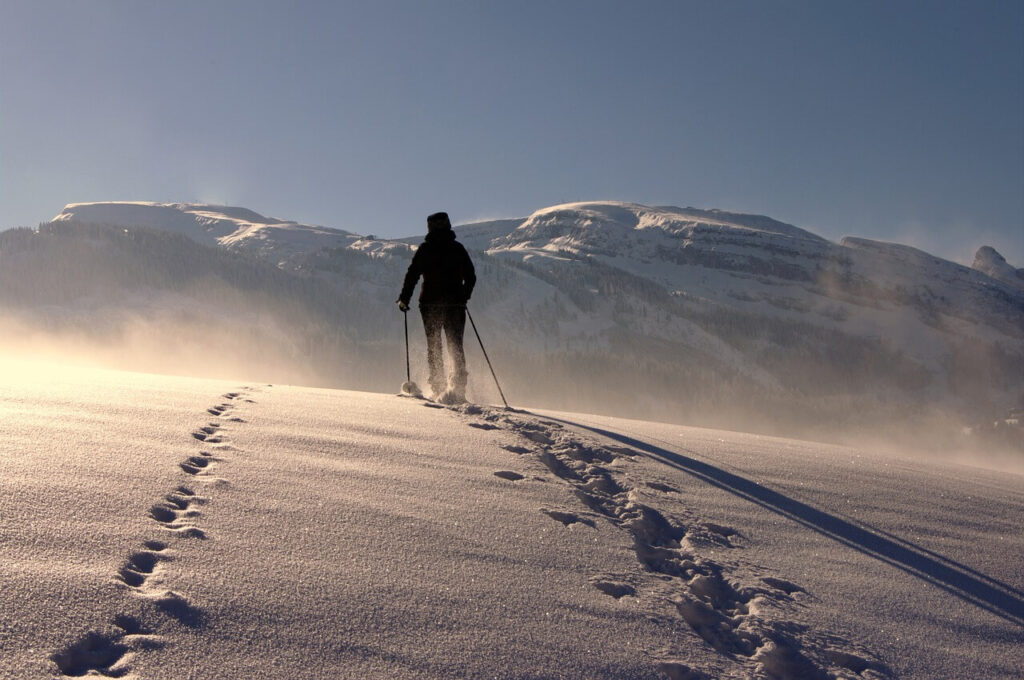
Conclusion:
Hiking solo can be a rewarding and transformative experience, but it requires careful planning and attention to safety. By following the tips outlined in this article, you can help ensure that your solo hiking adventures are safe, enjoyable, and responsible.
Recap of Safety Tips:
- Plan ahead by researching the trail, checking the weather, and sharing your itinerary with someone you trust.
- Stay alert and aware by using your senses, being mindful of your surroundings, trusting your gut instinct, and avoiding unnecessary risks.
- Navigate the trail safely by bringing a map and compass, knowing how to use them, staying on the trail, and not relying solely on technology.
- Take care of your health and well-being by staying hydrated and fueled, knowing how to treat common injuries and ailments, carrying a basic first-aid kit, and considering taking a wilderness first aid course.
- Respect the wildlife and the environment by learning how to avoid and handle encounters, leaving no trace, and being mindful of the environment.
Encouragement to Hike Solo, Safely:
While hiking solo can be a wonderful experience, it’s important to prioritize safety and to take the necessary precautions to minimize risks. By following the tips outlined in this article, you can help ensure that your solo hiking adventures are both safe and fulfilling. Remember to always stay alert, be prepared, and respect the natural world around you. Happy trails!
Read more articles here.
Generated with Pin Generator

